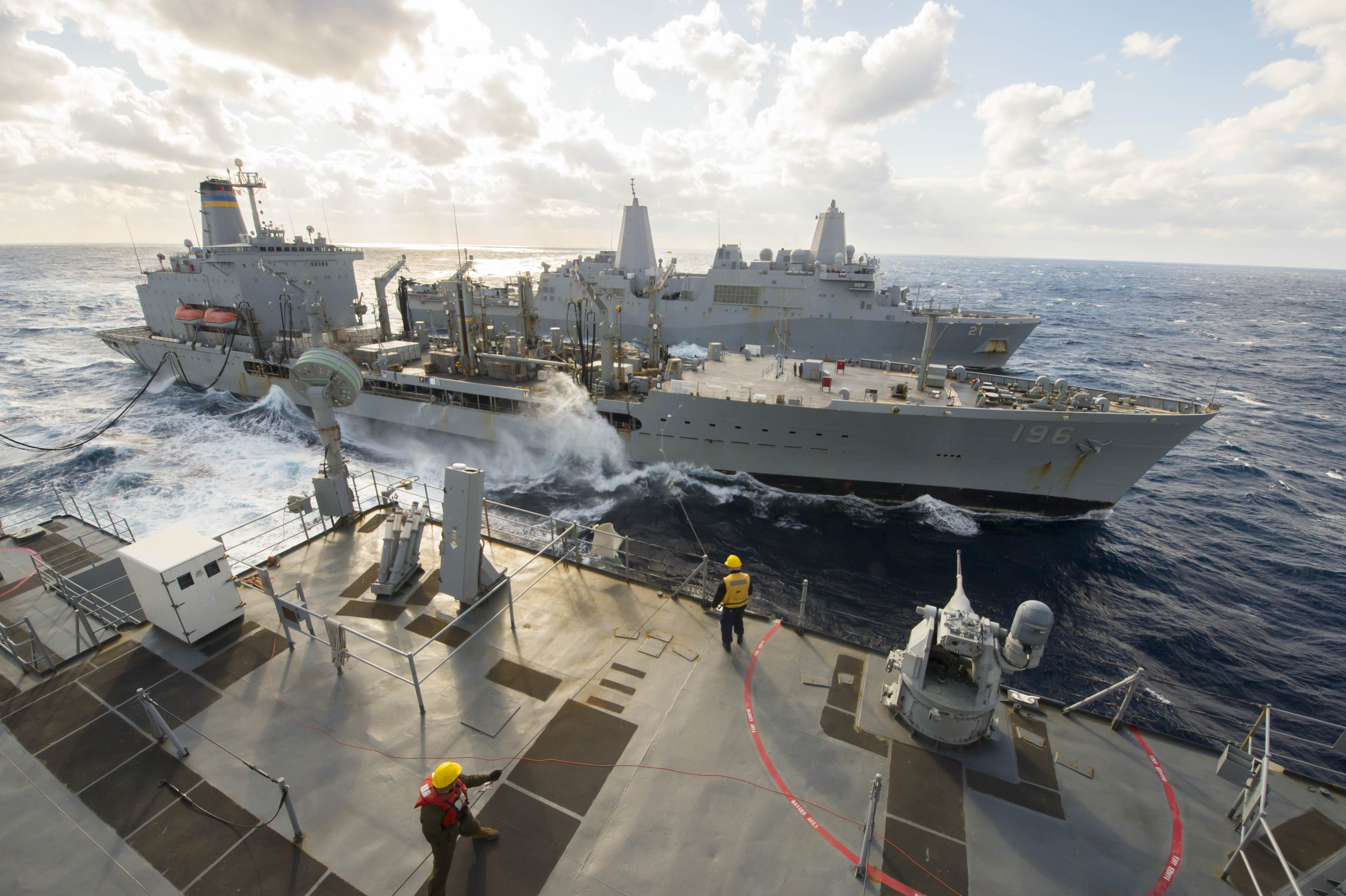
WASHINGTON, D.C. — The Navy and Marine Corps are developing concepts of operations for littoral operations in contested environments, including near Syria with Russian anti-access weapons deployed, officials told the Senate Armed Services seapower subcommittee this week.
After Sen. Kelly Ayotte (R-N.H.) asked about the effect of Russian weapons like the S-400 Triumf anti-aircraft missile system and P-800 Oniks supersonic anti-ship cruise missile on operations in the Eastern Mediterranean, Deputy Commandant for Combat Development and Integration Lt. Gen. Robert Walsh said that the chief of naval operations and commandant of the Marine Corps had tasked the Naval Board with looking at that type of scenario.
The Naval Board, which Walsh co-chairs, is working with the Naval Development Warfare Center and the Marines’ Combat Development “to write a concept for littoral operations in a contested environment … across all the places we look at,” Walsh said.
“One of the areas is Syria.”
The study also includes a range of military operations, including noncombatant evacuation operations up to high-end conflict.
“What we’re definitely seeing is those threats impact us, and we’re going to have to work much closer and integrate with the rest of the battle force,” he said.
“The Amphibious Ready Group is certainly not going to have all the capabilities to be able to operate independently, and it’s going to need the rest of the battle force to integrate and operate closely and work together with the high-end threats that the cruisers and destroyers bring, the carriers bring, along with the submarine force.”
Vice Adm. Joseph Mulloy, deputy chief of naval operations for integration of capabilities and resources, agreed that the combination of platforms in the region would be important to dealing with advanced threats.
“If you have an E-2D, the Advanced Hawkeye airplane, that has a good link up with our cruisers with (Aegis) Block 9 – if that’s the force you have, you can be closer” to the shore, Mulloy said.
“Other times you have to be farther away. So it’s a combination [of concepts of operations], the ability to operate, and then the equipment you bring.”
Mulloy added that operations in the Eastern Mediterranean and Black Sea now present as much of a threat to naval forces as operations near China, due to the introduction of advanced electronics and weapons.
Navy acquisition chief Sean Stackley told the subcommittee that the Navy had been particularly focused on fielding rapid capabilities to keep the four Mediterranean-based guided missile destroyers safe from the evolving threats in the region. Two years ago the Navy developed and fielded a “transportable electronic warfare module to specifically deal with the threat” Ayotte described from Russian anti-ship and anti-plane systems. And last year the Navy engineered, tested and fielded a way to combine the SeaRAM Anti-Ship Missile Defense System – in production to be installed on Littoral Combat Ships – with the destroyers’ Aegis Combat System. Both efforts were accomplished within a year, Stackley said, and “this type of turnaround as the threat emerges is frankly what we need to be doing every day.”





